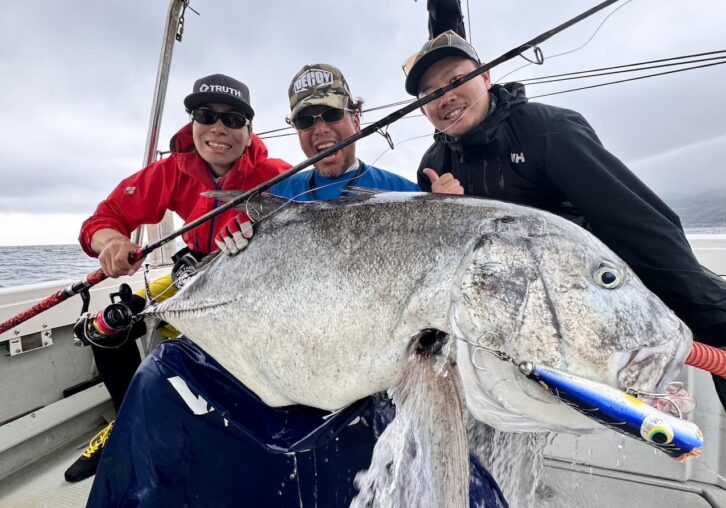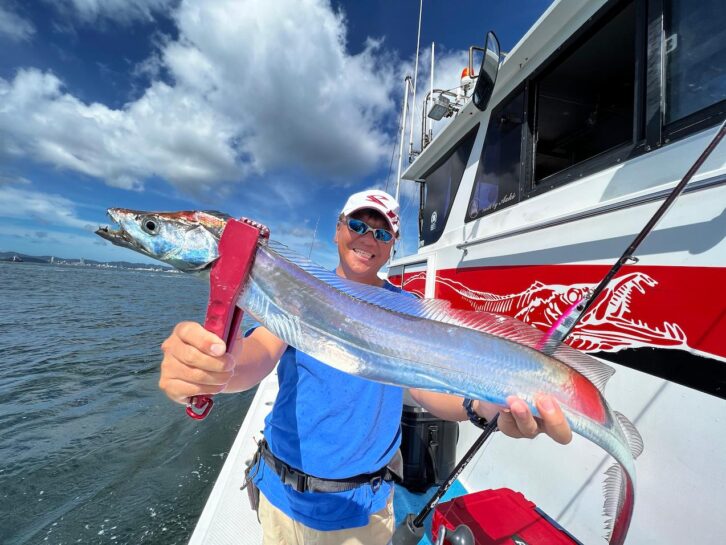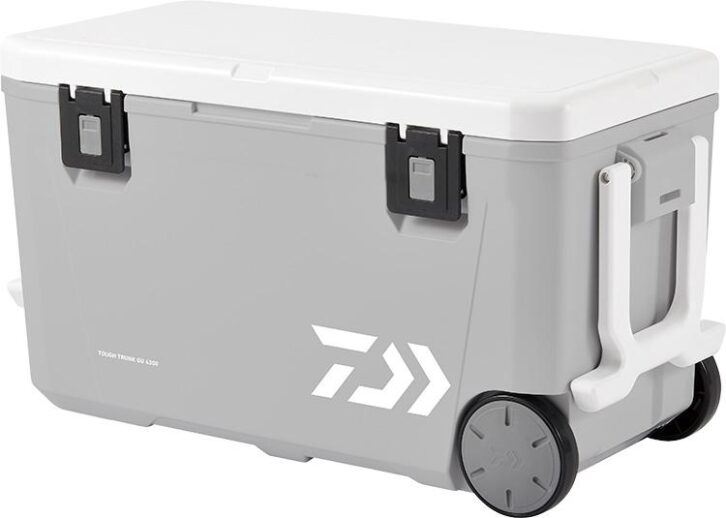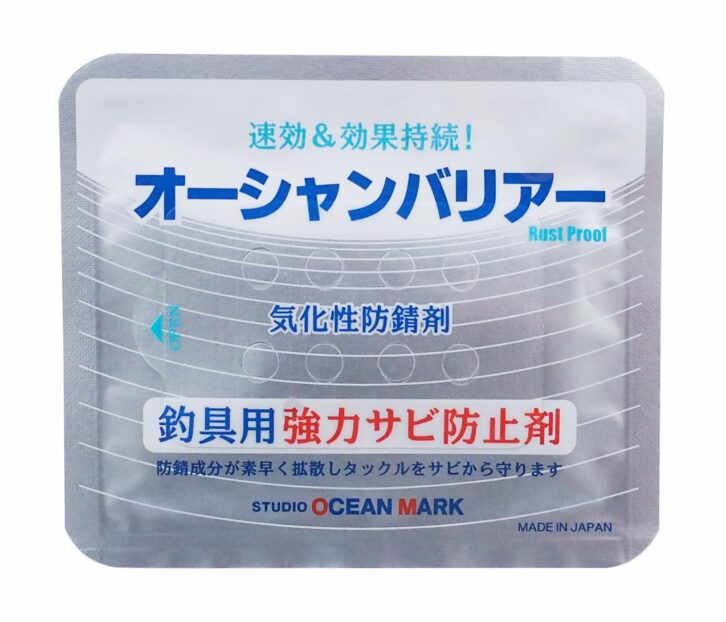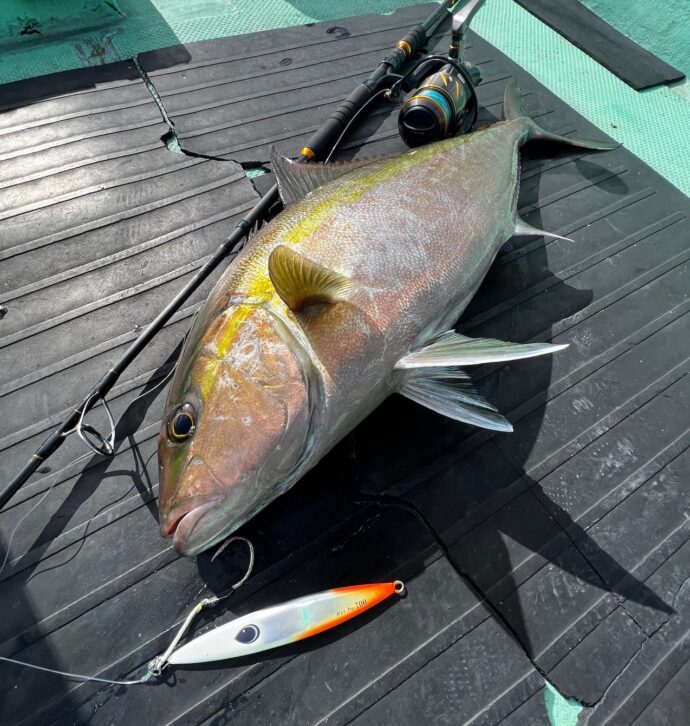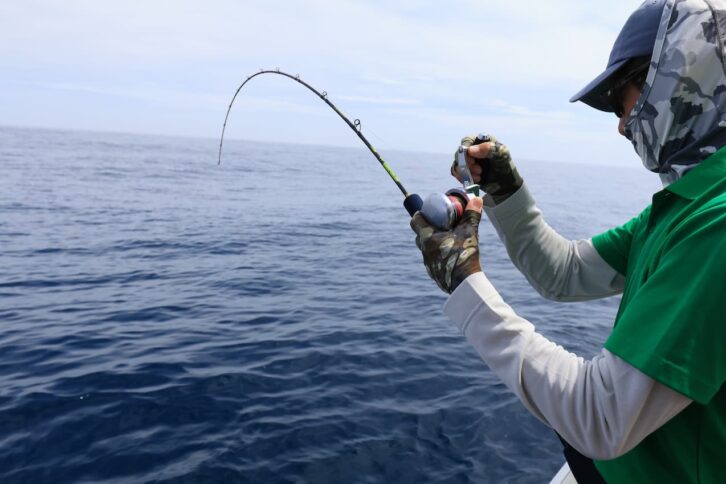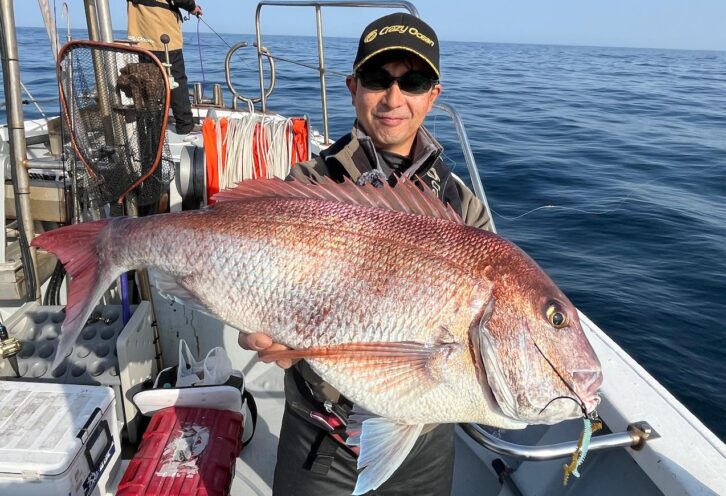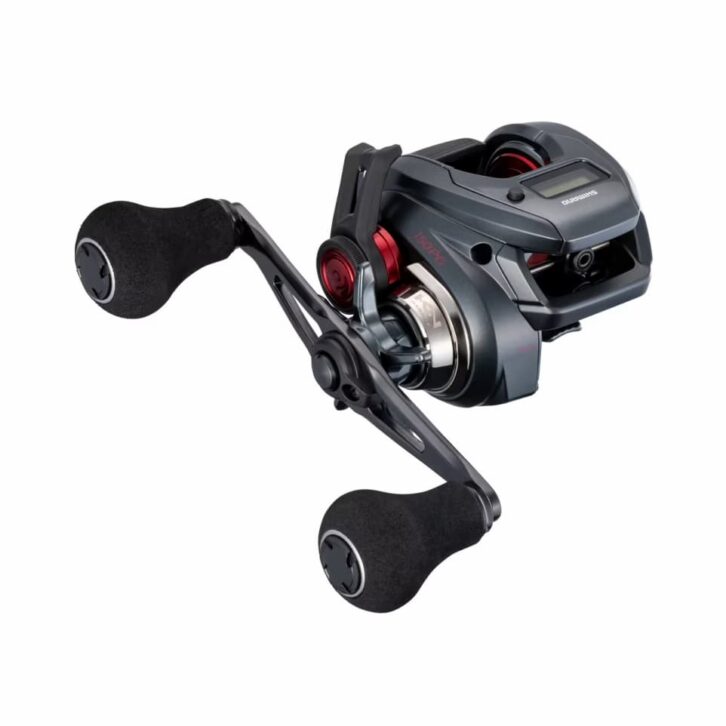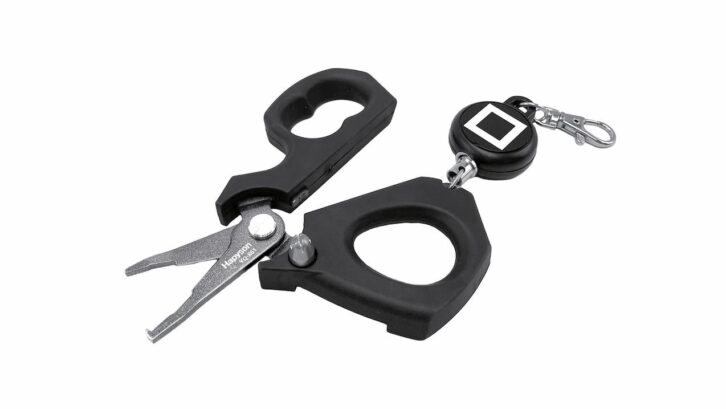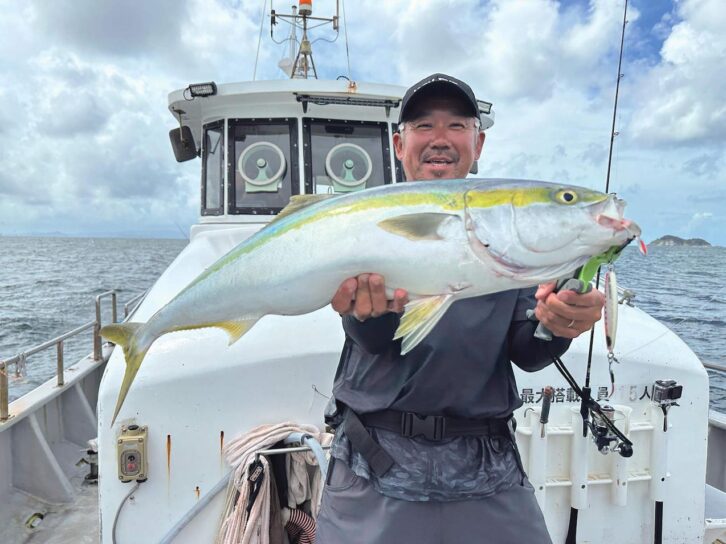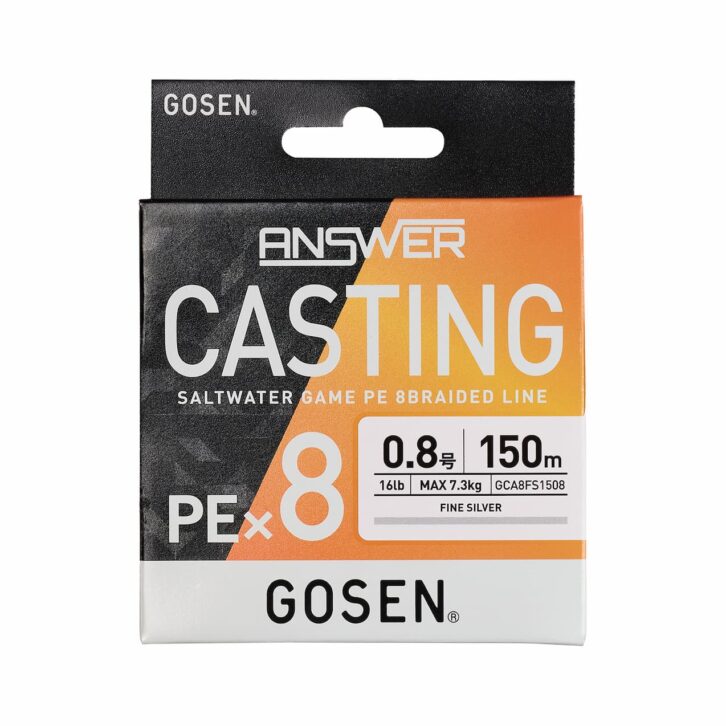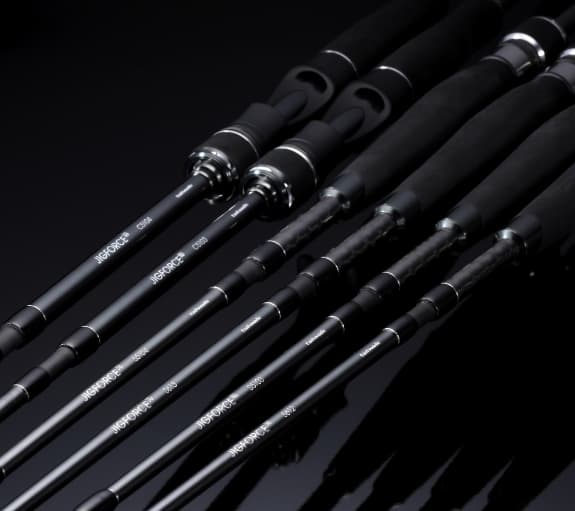Developed with input from the field
Dedicated Deep tai rubber fishing machine
Unprecedented high performance drag Boasts unparalleled reeling performance Daiwa / Kohga IC200
Deep tie king mackerel sometimes target spots that are easily over 100 m deep. This is mainly done on the Japan Sea side, where there is no difference in tides. It is common to fish from one side of the boat, taking advantage of the wind. Therefore, the amount of line released is large, sometimes more than twice as long as the depth of the water. The tungsten tilefish used are heavy weights, ranging from 150 to 320 grams. Such a harsh! In order to make such tough fishing comfortable, we focus on Daiwa/Kohga IC200, which was born from the opinion of a charismatic tester who operates a tilefishing boat.

INDEX
High winding performance that is second to none, even for the Saltiga
This reel is characterized by its toughness. This is the most important requirement for deep tai-rubber fishing.
The Kohga IC200 uses a technology called hyper-armed housing, which uses aluminum alloys for the frame, side plate (handle side), and set plate to firmly support the internal structure with high rigidity and precision. This enables a winding performance that is second to none for the 21 Saltiga IC300.
Inside this sturdy frame, technologies for durability and smooth winding, such as Hyperdrive digi-gear and Hyper Double Support, are used. As a result, the basic performance can be maintained for a long time.

Deep-sea = fine threads” is a reliable function.
The use of fine line, which is less susceptible to water resistance and tides, is an absolute prerequisite for gaining an advantage when fishing in deep water. However, fine line is weak even when used with PE line. The many functions of Kohga IC200 can dispel such anxieties of anglers.
The Kohga IC200 is equipped with a drag system called ATD, which pulls the line out smoothly in response to the pull of the sea bream. The drag adjustment range for the practical operating range for tilefish, from 0.5 kg to 4.0 kg, has been expanded to enable fine drag adjustment.
Why is such fine drag adjustment possible with bait reels? One of the reasons is that conventional click drags have a structure inside the drive gear to produce a ratchet sound, which creates physical resistance and affects drag performance. The electronic drag sound in the Kohka IC200 overcame this structural weakness.
Another feature is the synchronized level wind, which reduces drag resistance between the line and the level wind by moving with the line when the line is pulled out, allowing the drag to operate smoothly. These innovative technologies allow for safe use even with fine lines.

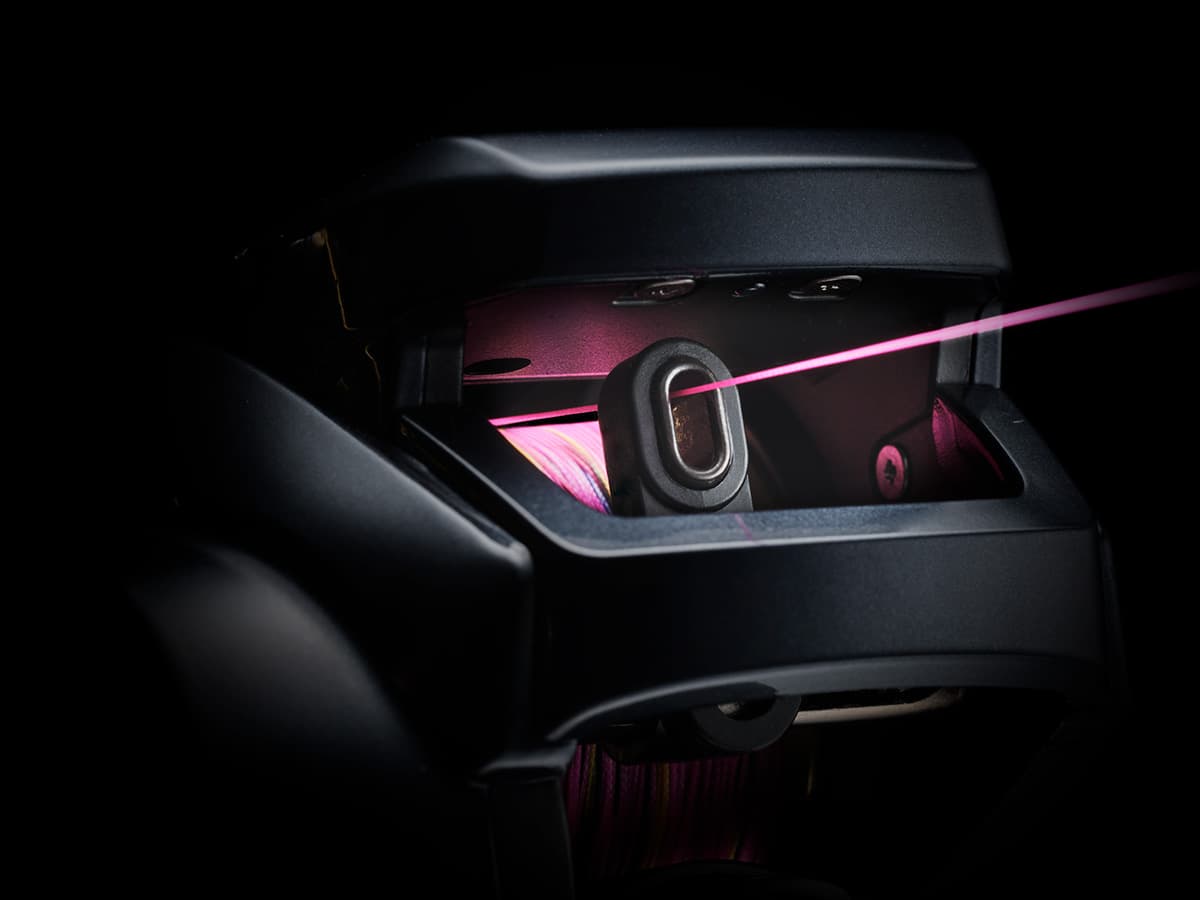
Drag sound is essential to know how much line is being pulled out and how vigorously it is being pulled during a fight with a snapper. However, conventional bait reels had a structure that physically produced a ratchet sound, which affected drag performance. The Kohga IC200 eliminates this mechanism and uses an electronic sound.
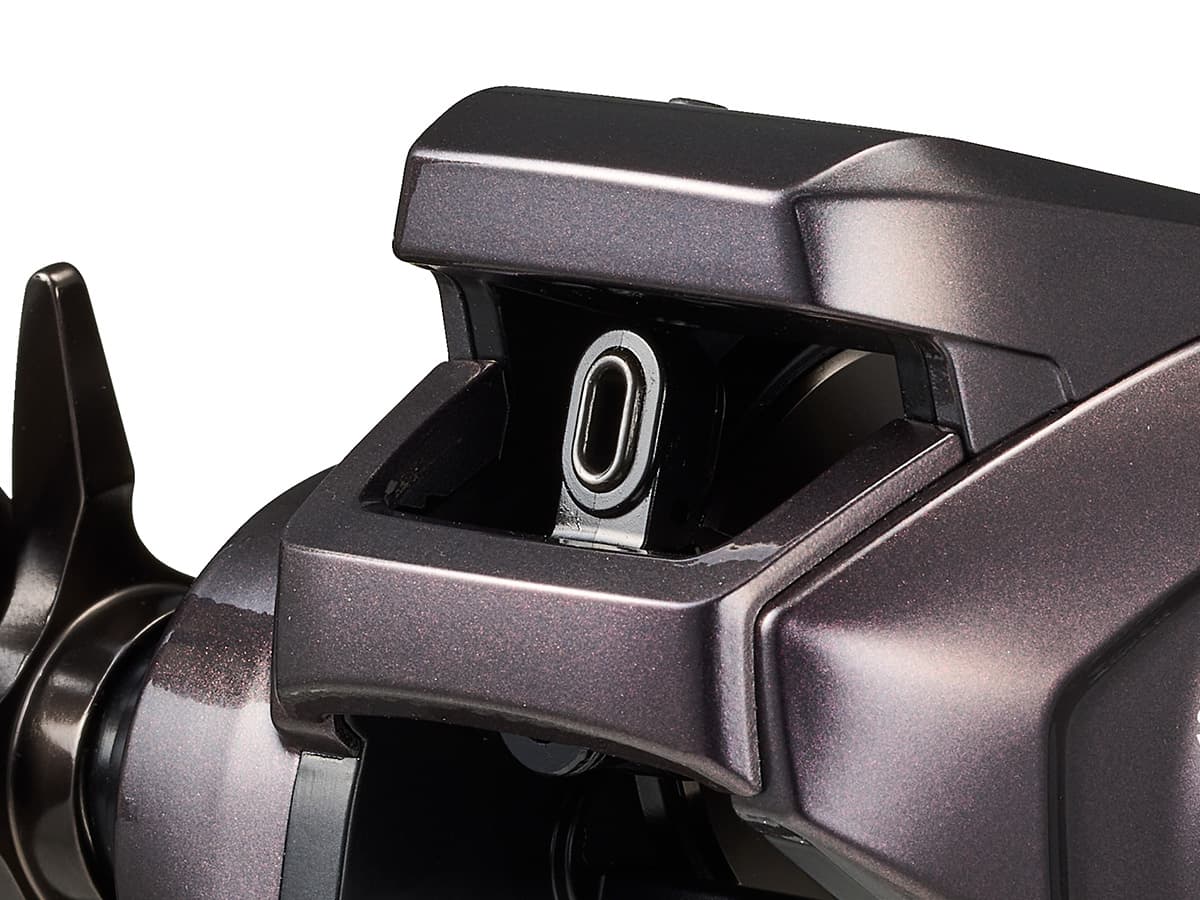
When the drag is activated, the level wind moves left and right in synchronization, allowing the line to be pulled out smoothly.
Equipped with a 150mm AL long handle; IC counter specification
In deep tai-rubber fishing, anglers often wind the handle for a long time under a high load, and for this reason, the attachment of a long handle reduces angler fatigue. Some anglers say that after using a long handle in the deep range, they cannot go back to their previous handles.
A digital counter is also indispensable for deep tai rubber. The IC counter on this model not only provides depth information, but also displays winding speed and fall speed, and allows input of line length from PE No. 0.4. In addition, battery replacement requires no special tools and can be easily performed by anyone. It is also nice that there is no need to redo the yarn input after removing the batteries.
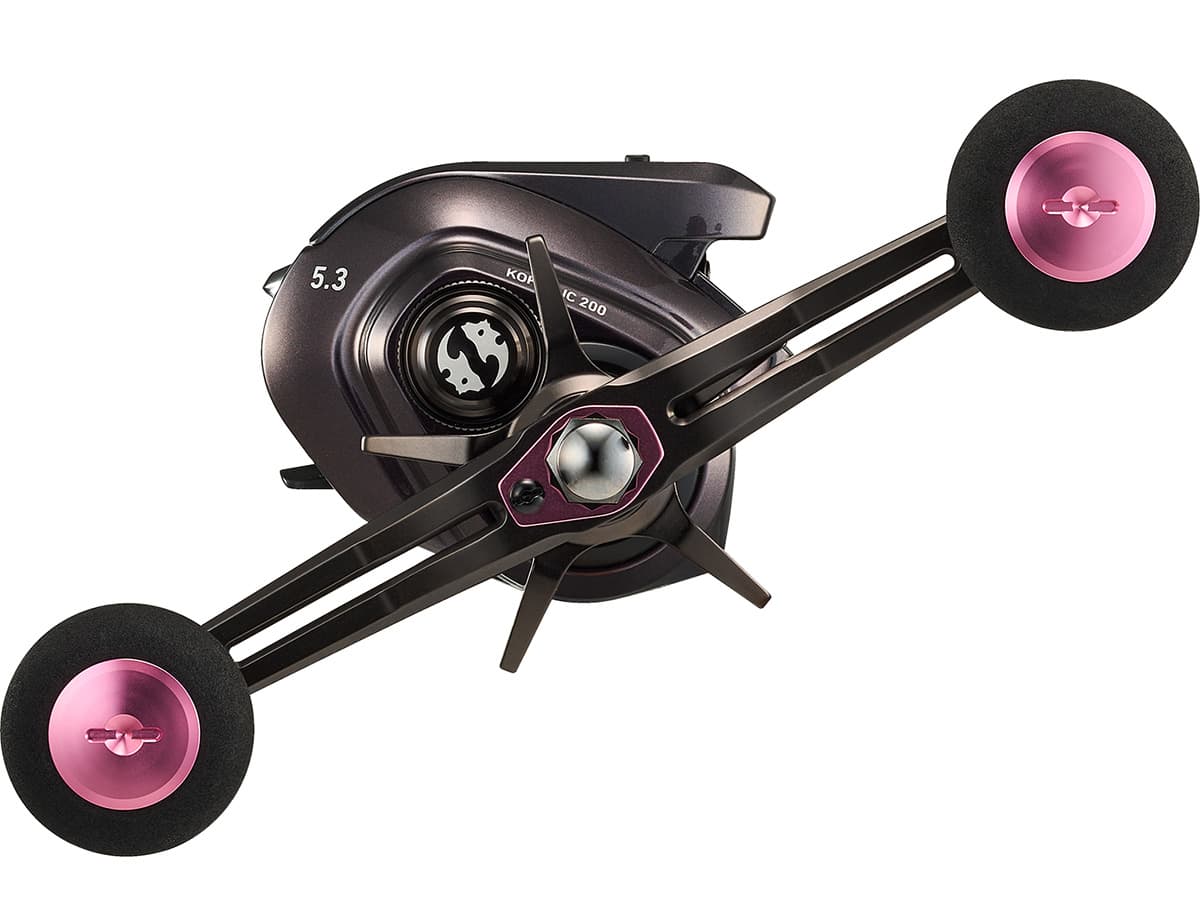


There is a battery compartment on the side plate. Anglers can replace the batteries themselves as long as they have a coin. The battery used is a CR2032 coin cell.
■ Daiwa kohga IC200
https://www.daiwa.com/jp/product/uorw3su


